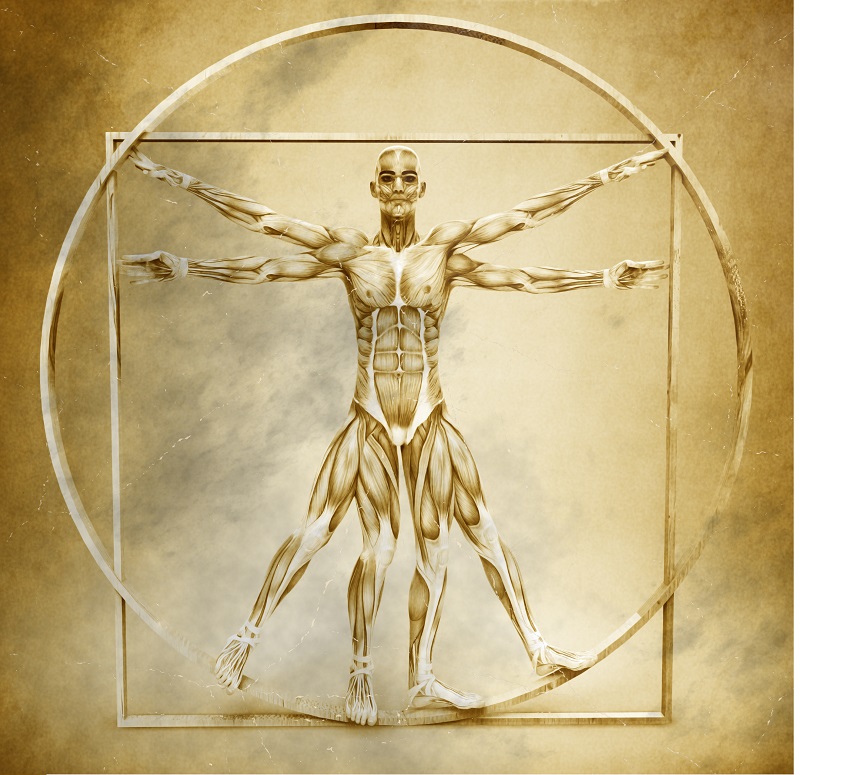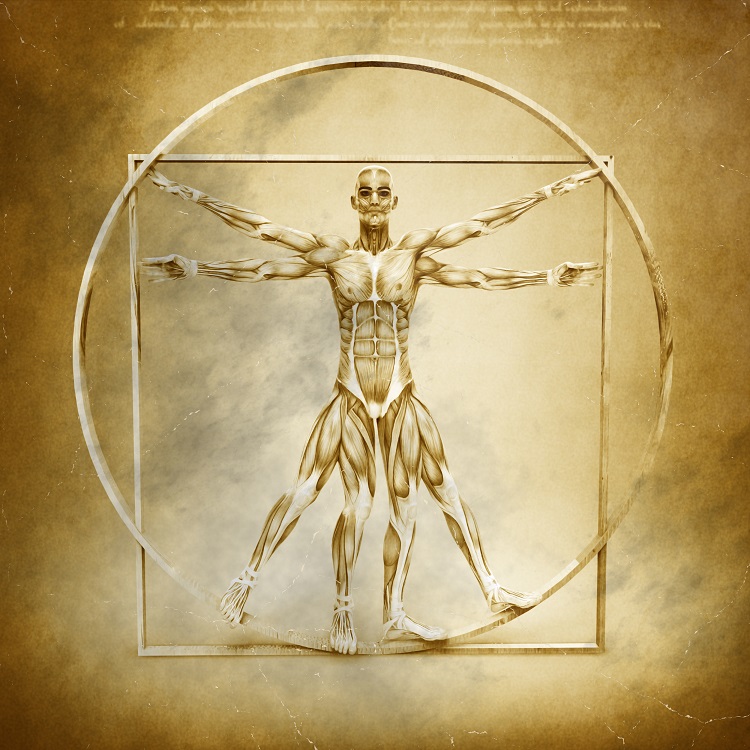We’ve read about a few experimental bionic arms that are powered by synthetic muscles (this one from the Polish firm Clone has received some attention over the last year). But building synthetic muscles into a bionic leg—which needs to bear weight, maintain balance, and generate power—is a challenge of a different order.

Enter Adaract, a Nevada-based startup that’s working on a synthetic-muscle-powered leg prosthesis. The device, which is dubbed the Atalanta, is still in the prototyping stage, and it hasn’t been tested on an actual amputee yet. The company founders are equally unproven, first-time entrepreneurs fresh out of the University of Nevada’s engineering school. But the idea has definitely piqued our curiosity. At the very least, Adaract has opened the door on a new, potentially fruitful frontier in prosthetic R&D. And if it delivers on all its promises, the resulting device could be lighter, stronger, and more affordable than currently available powered prostheses.
“It’s going to be life-changing,” says Fred Moses, an above-knee amputee who’s in line to be Adaract’s first test-pilot. “When they were calling around looking for someone who was dumb enough and crazy enough to want to be the guinea pig, my prosthetist told them, ‘I got this guy who goes out in the desert and walks up and down the foothills, walking through brush and scrub, toting his rifle.’ When I signed the agreement, my only stipulation was that I wanted them to spring for an Evel Kneivel-style suit for me to wear.”
The field of synthetic muscles is still relatively new, with heavy emphasis on laboratory experiments but little in the way of practical application. “Many different approaches have been used for creating artificial muscles, including hydraulic systems, servo motors, shape-memory metals, and polymers that respond to stimuli,” reports MIT’s news service. “[But] they all have limitations, including high weight or slow response times.”
Adaract’s soft muscles are powered by hydraulic actuators, explains Adaract founder and lead engineer Joe Hill. “The technology we’re using is used commercially in other industries, but it’s never been miniaturized to the scale of a prosthetic leg,” he says. “This a first-of-its-kind application.”
Like real muscles, Adaract’s artificial ones are composed of individual fibers that work in concert to allocate loads and sustain effort. At full capacity, they’re able to lift more than 80 pounds, roughly equivalent to the capability of a 200-pound adult’s thigh—and stronger than any currently available powered prosthesis, according to Hill.
“It works like a human muscle in the sense that it actually recruits additional fibers when you move bigger loads,” says Hill. “The muscle can adapt in real time, kind of same way that your car transmission works, shifting gears to increase or decrease torque depending on the situation.”
“The power output is largely going to be regulated by the type of activity you’re doing,” adds Marcus D’Ambrosio, another one of Adaract’s co-founders. “We’ve assembled a handful of sensors, which are very standard on any microprocessor knee, that will feed into a machine-learning system to interpret a user’s intent. So it’s a pretty standard intent-based control system. Almost all microprocessor knees use something like this.”
The company consulted with half a dozen prosthetists and a handful of amputees during development of the Atalanta. Based on that feedback, they’ve engineered the device to increase stamina, reduce hip and back pain, and facilitate natural gait biomechanics.
Adaract’s synthetic thigh weighs less than a pound, which is considerably less than the flesh-and-blood alternative. The prosthesis runs on a lightweight battery that’s capable of getting about 8,000 steps on a single charge, and it utilizes components that Adaract builds in-house to reduce manufacturing costs. The product is two to four weeks away from its first field test, and Moses can hardly wait to try it out.
“They’re most of the way through production of the first wearable wearable unit,” he says. “My job is to strap the thing on and put it through its paces, and then provide the feedback as to what’s good about it, what I like, what I don’t like.” Assuming things go well, Adaract plans to broaden its patient testing later this fall. The company has reached out to the wounded-warrior community and the US Paralympic team to recruit some additional beta testers, with encouraging results.
“The hardest part, honestly, has been funding,” D’Ambrosio says. “The economic uncertainty very recently has changed our outlook a little bit and made it more challenging to find investors. So that’s been tough. But from a product perspective, it’s going really well.”
Adaract will have a table at the Amputee Coalition National Conference in a couple of weeks, so if you’re headed that way you can learn more about the muscle-powered leg in person. Or visit the company online at adaract.com.
